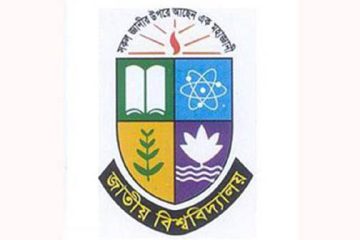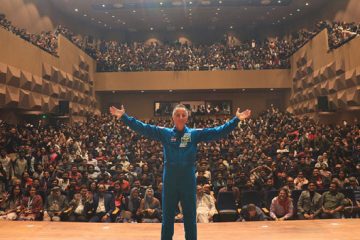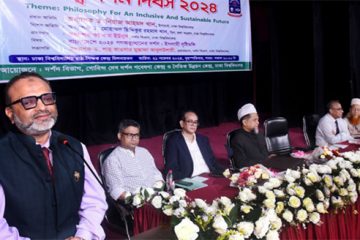A major part of the 3,887-metre Segunbagicha canal in the capital has been illegally encroached upon as the government authorities concerned have failed over the years to take any initiative to check the grabbing of the canal. The Segunbagicha canal starts close to the Hotel Sheraton and passes through Ramna, Shipakala Academy area and Segunbagicha, with another part passing by Bijoynagar, Motijheel, Kamalapur, Shapla Chattar, back side of Bangladesh Bank and ending near Maniknagar sluice gate.
Due to construction of several box culverts and roads, the canal has shrunk, said chairman of environment organisation Water Environment Institute Md Enamul Haque.
Furniture shops, iron mongers’ shops, tea stalls, eateries and rickshaw garages have blocked different parts of the canal and many four and five-storey buildings have been erected on the canal, flouting laws and policies including the Open Place, Park and Wetland Conservation Act, 2000.
During a visit, household sewage and wastes were also seen being dumped into the canal, filling up the already narrowed canal and making way for further encroachment.
The canal water is dark and filled with wastes, polythene and other rubbish.
Local people complained that during the monsoon, the residents of surrounding areas faced severe water logging.
Tahmina, a student of Maniknagar Model High School who lives in a four-storey building built on the canal, said that they had no road to go to their house.
‘We have to use a bamboo bridge as a road to enter our house,’ she said.
Seema Nahar, a resident of Maniknagar area, told New Age that the whole area become unliveable during rain, with the rainwater overflowing the canal and inundating the surroundings.
She said that due to stagnant water in the canal and scattered wastes the children often suffer from fever and diarrhoea.
Not only brick-built building, but half-brick houses, shops, iron mongers’ shops, furniture shops and many other establishments are also seen on the canal.
Rafiq Hasan, an owner of a shop near Madina Monowara Mosque, told New Age that Dhaka Water Supply and Sewerage Authority was the supreme authority of Dhaka’s city canals. ‘But they seem to lack plan to save this canal,’ he said.
He also alleged that the canal had been grabbed over a long period of time with the help of influential people.
Rafiq said because of the culvert built on the canal some people took to filling up different parts of the canal near the culvert and do their business.
Bangladesh Paribesh Andolan joint secretary Sharif Jamil told New Age that not only Segunbagicha canal, but also many of the other existing canals in Dhaka city were facing the same fate.
‘Due to unplanned urbanisation, negligence of authorities concerned and lack of awareness, the city is losing its water bodies day by day,’ he said.
Sharif suggested proper monitoring and maintenance work by DWASA to save the city’s existing canals and to ease people’ sufferings caused by water-stagnation during rain.
According to DWASA’s canal records, the Segunbagicha canal is partially grabbed but there remains water flow in the canal
Segunbagicha canal is 3,887 metre long and 9 to 24 metre wide, said the report.
DWASA drainage (operation and maintenance wing) superintending engineer Zaki Mostafa Chowdhury said they did not know anything about grabbing.
He told New Age that they had not conducted any eviction drives or did any development work on the Segunbagicha canal in the last one year.
-With New Age input




















